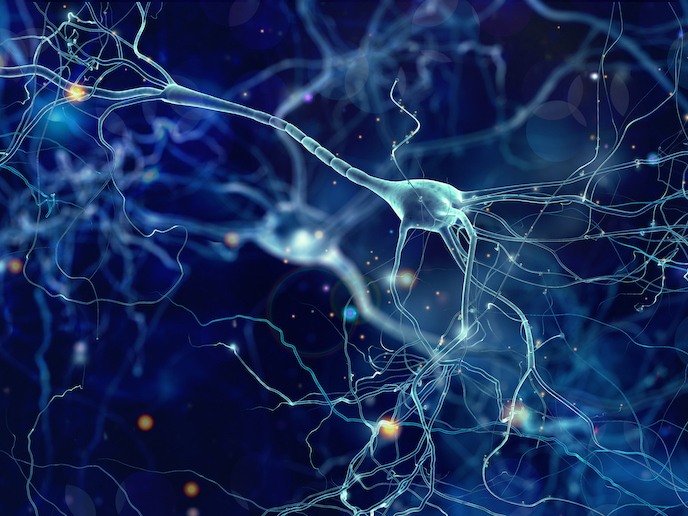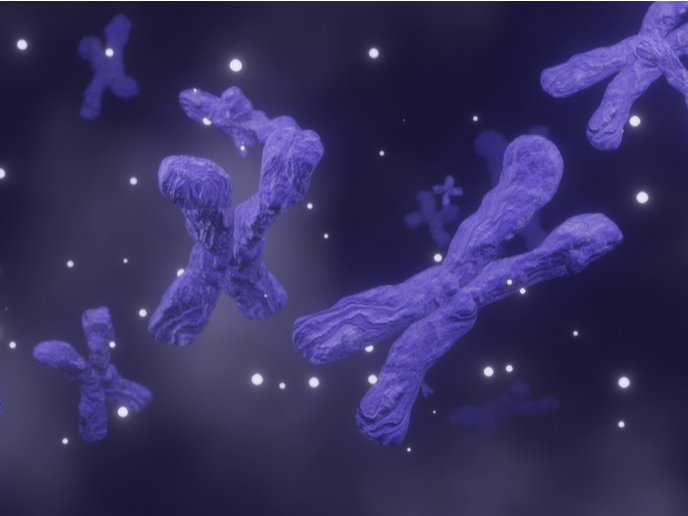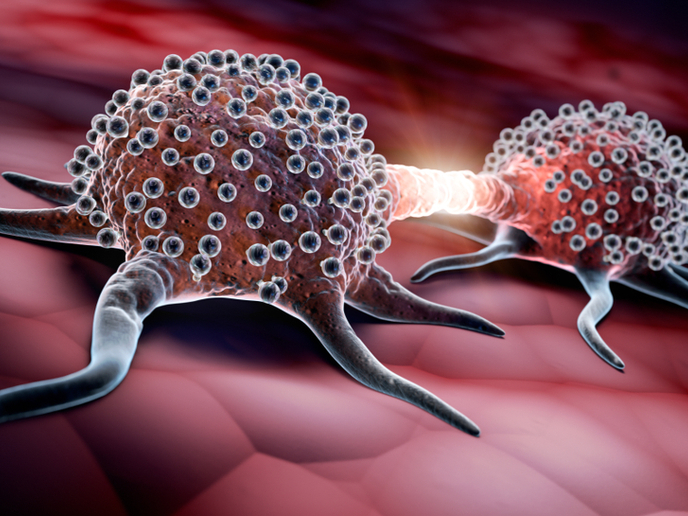Uncovering the mechanisms behind short-term memory
Dementia is the leading cause of dependency and disability in Europe, and currently affects around 10 million people. Its prevalence is expected to double by 2030. Alzheimer’s disease is the most common form of dementia. The EU-funded NAMISTMem project sought to investigate short-term memory (STM) formation in greater detail, and to develop analytical methods to help scientists better understand the chemical processes involved. This could potentially lead to new treatments for diseases involving memory and cognition. Neurons are cells in the brain whose main task is to transmit information. They can do this in two ways: electrical, via pores between cells, or chemical, via the release of neurotransmitters from vesicles. This neurotransmission process is called exocytosis. “Our objective was to understand how intracellular changes in lipids might be related to diseases involving memory and cognition,” explains NAMISTMem project coordinator Andrew Ewing, a professor from the Department of Chemistry and Molecular Biology at the University of Gothenburg in Sweden. Cellular and vesicular membranes are made up of lipidic layers. Lipid exchange between vesicle and cell membranes, in response to a stimulus, can lead to a change in the neurotransmission process. “This, in turn, can eventually initiate STM formation,” says Ewing.
Understanding memory formation
Probing the influence of lipid changes on membrane dynamics during the neurotransmission process is at the cutting edge of neuroscience. To achieve this requires analytical methods capable of directly measuring neurotransmission strength at the single cell level, in real time. “In previous studies, lipids have been added to cell cultures outside the cell, in order to study the effects of lipids on exocytosis,” says Ewing. “It was not analytically feasible to restrict or isolate measurements to the inside of the cell.” The NAMISTMem project, undertaken with the support of the Marie Skłodowska-Curie Actions programme, introduced a pioneering technique of intracellular nano-injection of different phospholipids. This helped the team to monitor the effects of membrane engineering on the initiation of STM. Throughout the project, Marie Skłodowska-Curie fellow Mohaddeseh Amiri Aref worked closely with Ewing at his state-of-the-art laboratories to carry out real-time single cell analysis. Together, the project team was able to design and implement new techniques for monitoring the effect of intracellular lipids on the neurotransmission process.
Tackling neurogenerative disorders
The project demonstrated that real-time, in vivo analysis of intracellular lipid changes is possible, using some of the techniques that were pioneered. Furthermore, the work carried out has provided new evidence of the critical role that lipids play in modulating the neurotransmission process. These findings will be of great interest to researchers working in the field of nano-bioanalytical chemistry. In vivo analysis will likely prove critical in finding solutions for neurodegenerative disorders and the loss of STM. “The molecular mechanism that initiates the formation of STM is clearly attributed to the main symptoms in neurodevelopmental and neurodegenerative disorders such as Alzheimer’s disease as well as autism spectrum disorders,” notes Ewing. “Our findings could provide a link between exocytotic processes and STM.” Future plans include the development of in vivo analysis to investigate the intracellular effect of other factors related to STM on the neurotransmission process.
Keywords
NAMISTMem, STM, Alzheimer’s, neurons, brain, lipids, biology, memory, dementia







